Ever had your car randomly sputter out, or maybe it cranks forever but just won’t start? Could be your fuel pump throwing in the towel. Most drivers ignore signs until they’re stranded—nobody likes a surprise breakdown, especially with gas prices acting up. Catching pump trouble early can save you a ton of money and hassle.
A fuel pump does one basic job: it pushes gasoline from your tank up to your engine. No pump, no go. If that flow stops or weakens, your engine can’t fire right, or it might quit altogether. But here’s the kicker—you don’t always get big obvious signs. Sometimes the symptoms are sneaky: a laggy start in the morning, your engine stalling at a red light, or even a weird whining sound from under your seat or trunk. Sound familiar?
Car shops replace fuel pumps all the time for problems that turn out to be something else. Don’t get talked into a pricey repair before you know what’s really up. There are a few quick checks you can do at home to tell if your pump might be the real troublemaker. Let’s look at the warning signs, what really causes these issues, and a few smart moves you can make to stretch your pump’s life—without spending a fortune.
- What the Fuel Pump Actually Does
- Warning Signs Your Fuel Pump Is Failing
- Troubleshooting: Is the Fuel Pump the Real Culprit?
- Tips for Replacement and Preventing Future Headaches
What the Fuel Pump Actually Does
Your fuel pump is the middleman between your gas tank and your engine. It takes fuel sitting at the back of your car and moves it up front at just the right pressure. Without it, your engine is basically running on fumes. Modern cars usually have the pump inside the fuel tank—that's called an electric in-tank pump. Older rides sometimes use a mechanical pump mounted on the engine. But for most people today, we’re talking about in-tank electric
The job of the pump sounds basic: push gas through the fuel line to the engine, making sure there’s enough pressure for injectors to spray the right amount into your cylinders. This pressure isn’t a “one size fits all” thing. Most cars need anywhere from 40 to 70 psi (pounds per square inch). Too little, and the engine starves. Too much, and you’ll get flooding or damage. The fuel system is sealed, so if the pump gives out, the engine might not get any fuel at all.
Some newer cars even run a two-speed pump for fuel efficiency—one speed for cruising, another for when you hit the gas hard. But even the standard pumps have a relay switch and filter that can cause issues if they’re clogged or worn. If you run out of fuel or drive with a quarter tank all the time, you’re actually making the pump work harder and heat up more, which makes failure more likely. That’s why mechanics recommend keeping at least half a tank, especially on older vehicles.
| Car Type | Pump Location | Average Pressure (psi) |
|---|---|---|
| Modern (2010+) | In-tank, electric | 55-70 |
| Older (before 1990) | Engine-mounted, mechanical | 4-7 |
| Performance/Sports | In-tank/high-flow | 70-90 |
Fuel pump issues usually hit miles before the 100,000-mile mark if you stress your system, but they can go even longer with smooth driving and clean fuel. So if you ever think, “Hey, why is my car hesitating when I hit the gas?”—the pump is one of the first parts you should think about.
Warning Signs Your Fuel Pump Is Failing
Fuel pump trouble usually doesn't show up all at once. Most of the time, the signs build up over weeks or even months. Pay attention to any changes in how your car starts, runs, or sounds—they can reveal problems before you end up stranded.
- Hard Starting: If your car needs extra turns of the key or cranks much longer than normal, it’s often because the pump isn’t sending enough fuel up front. Cold mornings make this even more obvious.
- Stalling at Idle: Cars with bad pumps often die at stoplights or when stuck in traffic. Your engine just quits, even if you didn’t notice anything odd while cruising.
- Sudden Power Loss: If you hit the gas hard, but the car hesitates, jerks, or won’t accelerate smoothly—especially climbing hills—the fuel pump may be dying. Lack of pressure ruins performance right when you need it most.
- Engine Sputtering: Ever feel your engine surge and drop, like it’s hiccuping as you drive? An inconsistent pump makes fuel delivery sketchy, and engines hate that.
- Loud Whining Noise: Most pumps are pretty quiet. But a noisy, persistent whine or buzzing from the tank area—in the rear of the car—is a red flag.
- Check Engine Light: A failing pump can trigger error codes. You might see warnings for ‘lean’ fuel conditions, misfires, or even random stalling. Scan for codes like P0087 (fuel rail/system low pressure).
- Decreased Gas Mileage: If your pump is cutting out or running inconsistently, your engine has to work harder, which means you burn more gas than normal.
Not sure how common these problems are? Here’s a helpful breakdown based on repairs logged in actual shops:
| Warning Sign | % of Cases with Bad Pumps |
|---|---|
| Hard Starting | 54% |
| Stalling at Idle | 38% |
| Sudden Power Loss | 35% |
| Engine Sputtering | 47% |
| Loud Fuel Tank Noise | 43% |
Any one of these issues can point to a fuel pump problem, but if you notice two or more together, it's time to take things seriously. Don’t ignore random cut-outs or odd new noises—pumps hardly ever get better over time, and the next time could leave you stuck.

Troubleshooting: Is the Fuel Pump the Real Culprit?
Before dropping hundreds on a new pump, you want to make sure the fuel pump is really behind your headaches. There’s no point swapping expensive parts if something simple is to blame—like a clogged fuel filter, a blown fuse, or even a bad batch of gas. Let’s get to the point with what actually works.
First, listen for a humming sound when you turn the key to "on" (before cranking the engine). Most fuel pumps in modern cars will buzz for a second or two as they pressurize the line. No sound? That’s a red flag, but not a guarantee. Sometimes the pump does run, but weakly.
Here are some quick checks you can do before calling the shop:
- Check the fuse and relay: Pop the hood and find your fuse box. A blown fuse or bad relay can kill power to the pump. Swapping these costs a couple bucks and takes five minutes.
- Fuel pressure test: If you have access to a fuel pressure gauge, hook it up to your car’s fuel rail. Compare your reading to what your owner’s manual says you should see (usually 30-60 psi, but it varies). Low pressure means the pump could be tired, but also look for a clogged filter or kinked line.
- Spray test: If you’re desperate, have someone crank the engine while you spray a little starting fluid into the intake. If the car fires up briefly then dies, it’s not getting gas—fuel pump (or filter) is suspect.
- Scan for error codes: If your check engine light is on, many auto parts stores will scan your car for free. Look for codes related to fuel delivery or low pressure—P0087 and P0230 are common ones linked to pump issues.
Lots of folks mix up symptoms of a dying fuel pump with things like dirty injectors, old spark plugs, or even a failing battery. So it pays to check more than just the pump.
| Possible Cause | DIY Solution | Difficulty |
|---|---|---|
| Bad Fuel Pump | Replace pump | High (needs tools/time) |
| Clogged Fuel Filter | Replace filter | Medium |
| Blown Fuse/Relay | Swap fuse/relay | Easy |
| Weak Battery | Jump or replace battery | Easy |
| Poor Wiring Connection | Inspect and secure wiring | Medium |
If you run through these checks and fuel delivery still looks sketchy, then it’s probably time to look at a new pump. Just know that about one in four “bad pump” complaints really end up being something cheaper to fix. Don’t let a mechanic sell you a pricey replacement before ruling out these basics.
Tips for Replacement and Preventing Future Headaches
Once you’re pretty sure the fuel pump is the culprit, it’s decision time: fix it yourself or get a shop to do it. Swapping a fuel pump isn’t the easiest job because you’ll usually need to drop the gas tank. Most modern cars hide the pump inside the tank for safety and cooling. If you’re handy and not scared of a Saturday project, get a good repair manual and expect to spend 2 to 4 hours.
If you go to a mechanic, expect prices to range a lot. Here’s a quick table showing what folks in the U.S. are paying as of Spring 2025:
| Car Type | Parts Cost | Labor Cost | Total Cost |
|---|---|---|---|
| Economy (Honda Civic, Ford Focus) | $95 - $250 | $150 - $350 | $245 - $600 |
| Mid-Size (Toyota Camry, Chevy Malibu) | $130 - $300 | $250 - $450 | $380 - $750 |
| Luxury/SUV (BMW, Escalade) | $350 - $800 | $350 - $700 | $700 - $1,500 |
Don’t cheap out on a bargain-basement aftermarket pump. A lot of the really low-priced ones barely last a year, and nobody wants to do this job twice. Stick with solid brands—Delphi, Bosch, Denso—or even OEM parts, especially for newer cars.
Once you’ve got a new pump in, there are a few easy ways to make it last longer:
- Keep your tank at least a quarter full. Running low on gas makes the pump work harder and can even cause it to overheat.
- Change your fuel filter on schedule. A clog stresses the pump and cuts down flow.
- Avoid filling up at sketchy gas stations. Dirty or watered-down fuel kills pumps fast.
One last heads-up: bad pumps are sometimes caused by electrical gremlins, like failing relays or corroded wiring. If the new pump still acts up, check the fuse and relay. If you see lots of rust or greenish corrosion around the fuel tank, get those wires cleaned up. It’s cheap insurance against another sudden breakdown.


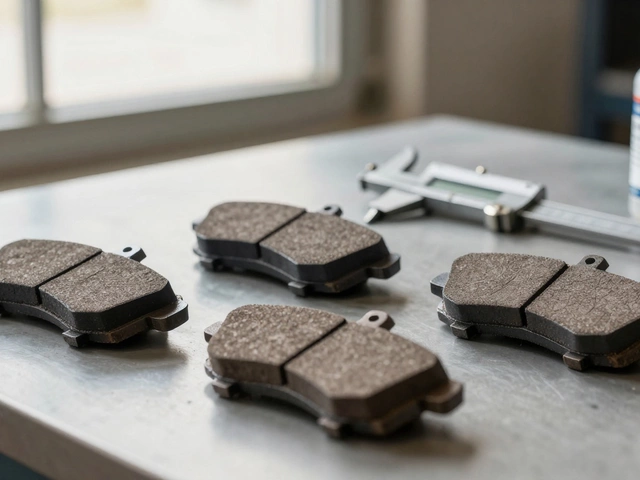

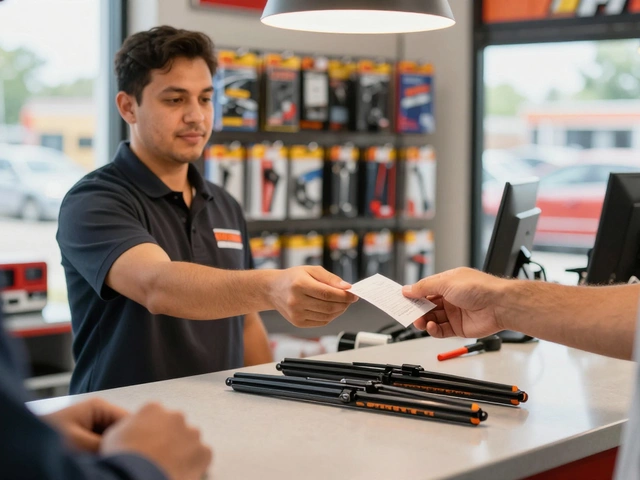
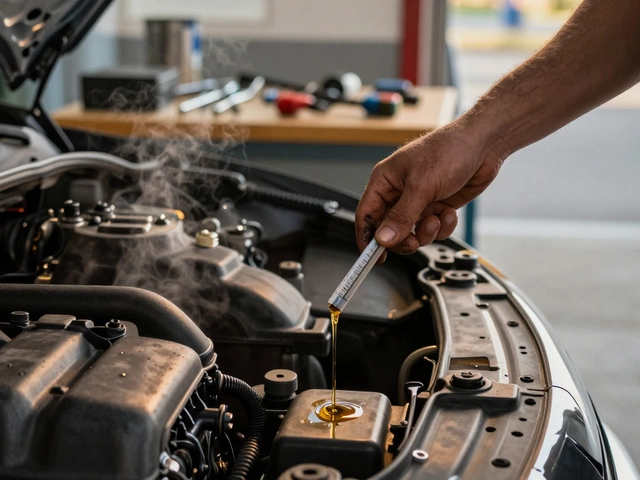
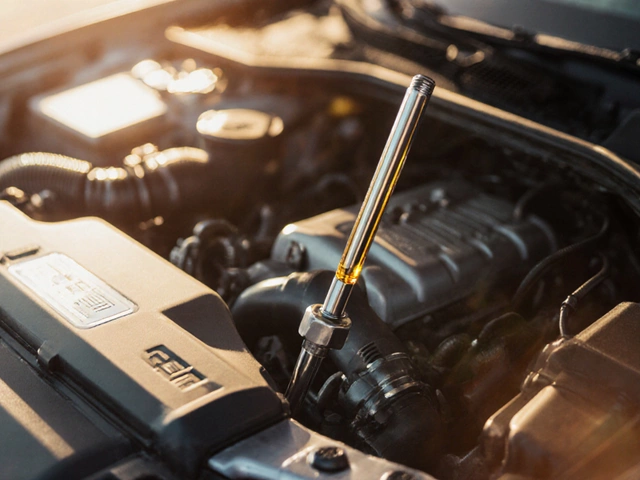

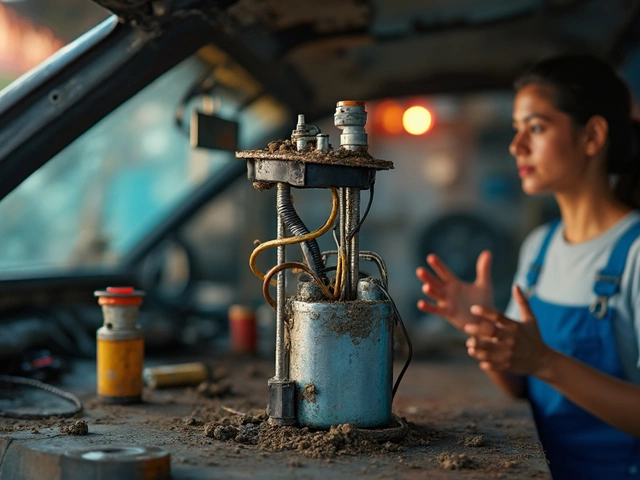
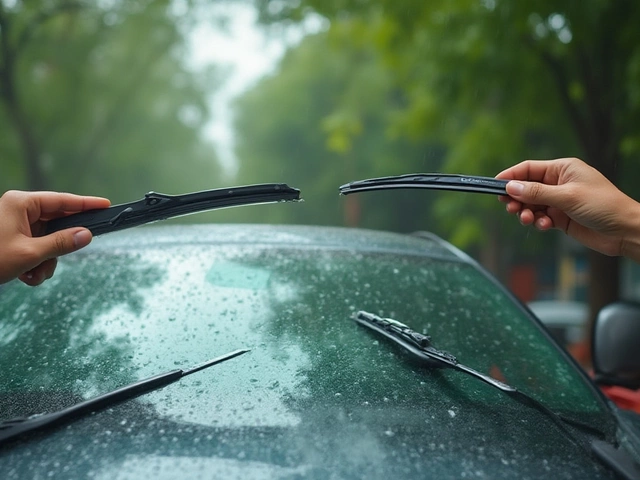

Write a comment